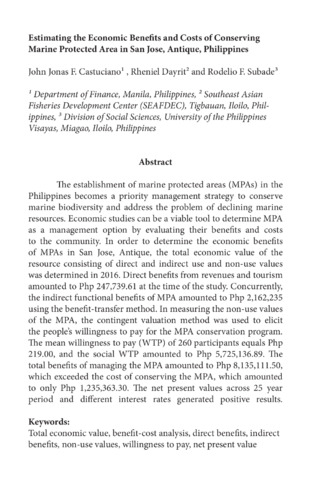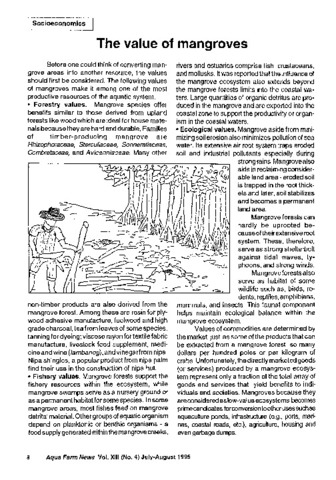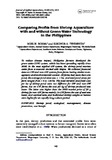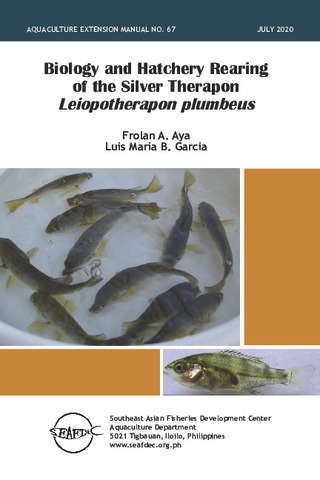Estimating the economic benefits and costs of conserving marine protected area in San Jose, Antique, Philippines

Associated URL
sillimanjournal.su.edu.phDate
2023-03-27Page views
318Metadata
Show full item record
Share
Abstract
The establishment of marine protected areas (MPAs) in the Philippines becomes a priority management strategy to conserve marine biodiversity and address the problem of declining marine resources. Economic studies can be a viable tool to determine MPA as a management option by evaluating their benefits and costs to the community. In order to determine the economic benefits of MPAs in San Jose, Antique, the total economic value of the resource consisting of direct and indirect use and non-use values was determined in 2016. Direct benefits from revenues and tourism amounted to Php 247,739.61 at the time of the study. Concurrently, the indirect functional benefits of MPA amounted to Php 2,162,235 using the benefit-transfer method. In measuring the non-use values of the MPA, the contingent valuation method was used to elicit the people’s willingness to pay for the MPA conservation program. The mean willingness to pay (WTP) of 260 participants equals Php 219.00, and the social WTP amounted to Php 5,725,136.89. The total benefits of managing the MPA amounted to Php 8,135,111.50, which exceeded the cost of conserving the MPA, which amounted to only Php 1,235,363.30. The net present values across 25 year period and different interest rates generated positive results.
Keywords
Total economic value benefit-cost analysis direct benefits indirect benefits non-use values willingness to pay net present valueSuggested Citation
Castuciano, J. J. F., Dayrit, R., & Subade, R. F. (2023). Estimating the economic benefits and costs of conserving marine protected area in San Jose, Antique, Philippines. Silliman Journal , 63(2), 148-175. http://hdl.handle.net/10862/6444
Subject
Collections
- AQD Journal Articles [1240]
Related items
Showing items related by title, author, creator and subject.
-
The value of mangroves
Southeast Asian Fisheries Development Center, Aquaculture Department (Aquaculture Department, Southeast Asian Fisheries Development Center, 1995)The article presents the forestry, fishery and ecological values of mangroves. Studies on the measurement of the economic value of mangroves that were conducted in Thailand, Indonesia and Ecuador are also presented. -
Comparing profits from shrimp aquaculture with and without green-water technology in the Philippines
Bosma, Roel H.; Tendencia, Eleonor (Taylor & Francis, 2014)To reduce disease impact, Philippine farmers developed the green-water (GW) system, which has been spreading rapidly since 2008. In the most applied GW-system, the shrimp pond receives water from a reservoir stocked with ... -
Biology and hatchery rearing of the silver therapon Leiopotherapon plumbeus
Aya, Frolan; Garcia, Luis Maria (Aquaculture Department, Southeast Asian Fisheries Development Center, 2020-07)Known for its tasty flesh, silver therapon, locally known as ayungin, has been regarded to be one of the most valuable edible native freshwater species in the Philippines. Demands for this fish species remain high which ...





